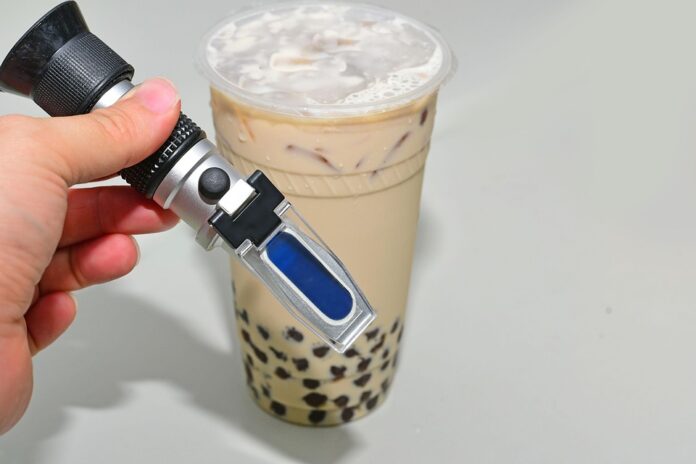Introduction
Brix testing is a crucial process in winemaking that measures the sugar content in grapes or grape juice. This measurement is essential for determining the potential alcohol content of the finished wine. Winemakers use Brix testing to monitor the ripeness of grapes, make decisions on when to harvest, and assess the quality of the fruit. In this report, we will delve into the importance of Brix testing in winemaking, the methods used, and its impact on the industry.
Importance of Brix Testing in Winemaking
Optimal Sugar Levels
The sugar content in grapes directly affects the fermentation process in winemaking. Yeast consumes the sugar in grapes and produces alcohol as a byproduct. If the sugar levels are too low, the resulting wine may be thin and lacking in flavor. On the other hand, if the sugar levels are too high, the wine may be overly sweet or have higher alcohol content than desired. Brix testing helps winemakers determine the optimal sugar levels for the desired style of wine they want to produce.
Ripeness Assessment
Brix testing is an essential tool for assessing the ripeness of grapes. As grapes ripen, their sugar levels increase, leading to a higher Brix reading. By monitoring Brix levels, winemakers can determine the best time to harvest grapes to achieve the desired balance of sugar and acidity in the wine. Harvesting too early or too late can result in subpar wine quality, making Brix testing a critical step in the winemaking process.
Methods of Brix Testing
Refractometer
One of the most common methods of Brix testing in winemaking is using a refractometer. A refractometer measures the refractive index of grape juice, which changes in proportion to the sugar content. Winemakers simply place a few drops of grape juice on the refractometer’s prism, look through the eyepiece, and read the Brix value directly. Refractometers are portable, easy to use, and provide quick results, making them a popular choice among winemakers.
Hydrometer
Another method of Brix testing is using a hydrometer, which measures the density of grape juice. As sugar is dissolved in grape juice, the density of the liquid increases. Winemakers float the hydrometer in a sample of grape juice and read the Brix value where the liquid level intersects the scale. While hydrometers are less expensive than refractometers, they require a larger sample size and are less accurate in measuring Brix levels in high-sugar wines.
Impact of Brix Testing on the Industry
Quality Control
Brix testing plays a crucial role in maintaining quality control in the winemaking industry. By ensuring grapes are harvested at the optimal sugar levels, winemakers can produce high-quality wines with consistent flavor profiles. Consistent Brix testing also helps winemakers identify any issues in the vineyard, such as uneven ripening or disease, before they impact the final product.
Marketability
Winemakers who consistently produce high-quality wines through precise Brix testing gain a competitive edge in the market. Consumers appreciate well-balanced wines with complex flavors, and Brix testing allows winemakers to achieve that desired balance. By highlighting Brix levels on wine labels or marketing materials, winemakers can differentiate their products and attract discerning wine enthusiasts.
Industry Insights
Financial Data
According to industry reports, wineries that invest in Brix testing equipment and practices often see a return on investment through improved wine quality and marketability. The initial cost of purchasing refractometers or hydrometers is relatively low compared to the potential benefits of producing high-quality wines. In a competitive market, the ability to consistently produce exceptional wines through precise Brix testing can lead to increased sales and brand loyalty.
Actual Companies
Several wineries around the world have gained recognition for their commitment to Brix testing and quality winemaking practices. For example, Napa Valley’s renowned winery, Opus One, emphasizes Brix testing in their vineyard management to ensure grapes are harvested at peak ripeness. This dedication to quality has earned Opus One a loyal following of wine enthusiasts and critical acclaim in the industry. Other notable wineries, such as Chateau Montelena in California and Domaine de la Romanée-Conti in Burgundy, also prioritize Brix testing to produce world-class wines.
In conclusion, Brix testing is a fundamental process in winemaking that influences the quality, flavor, and marketability of wines. By accurately measuring sugar levels in grapes, winemakers can make informed decisions throughout the winemaking process to create exceptional wines that appeal to consumers. Investing in Brix testing equipment and practices can lead to improved wine quality, brand recognition, and financial success in the competitive wine industry.




